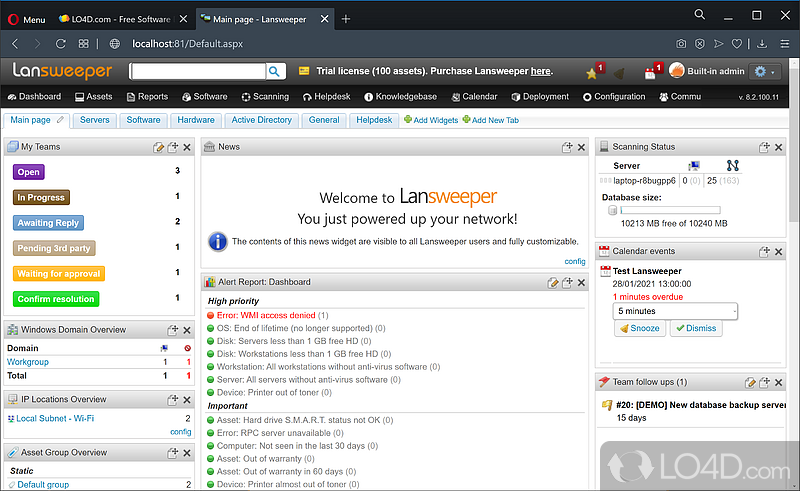

Port scanning refers to the targeted process of checking the opened ports of a computer system with the help of special tools. Tried-and-true solutions that allow you to track the opened ports are so-called port scanners. For this reason, it’s important to always keep an eye on which ports are open on your system and which applications are operating behind this running flow of data. Regarding online data transfer, this means having a high number of open ports, which carries with it a certain number or risks: if their respective applications contain security gaps, each open port presents a potential access point for attackers. In order to establish a connection via a certain port, this has to be opened, i.e. The ports 49152 to 65535 dynamically assign operating systems to clients.However, these are also assigned to client programs, especially when it comes to Linux systems.

The port numbers 1024 to 49151 are reserved for registered services by default.Following this, the port 80 is reserved for HTTP connections and for this reason is the most important port for web server requests. The ports 0 to 1023 belong to the standardis ed ports, which the Internet Assigned Numbers Authority (IANA) are mostly responsible for assigning.Here, there are three different types of numbers that need to be taken into account with one another: Each port is assigned a number from 0 to 65535.


 0 kommentar(er)
0 kommentar(er)
